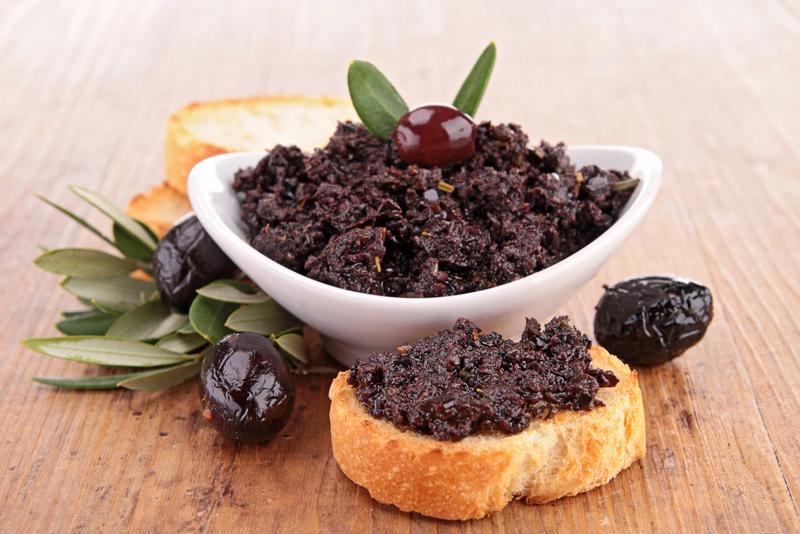In the course of your studies in an accredited online culinary arts program, you’ll learn how to use many pieces of modern professional equipment, from a deep fryer to an immersion circulator for sous-vide cooking. One of the most important tools you can have in the kitchen, however, is also among the simplest and oldest. While there are plenty of uses for a food processor or stand mixer, a mortar and pestle is often the best way to break down and combine ingredients. Here’s why you should have a set at your side whenever you cook:
Why the mortar and pestle stands the test of time
The history of the mortar and pestle stretches back thousands of years, though its applications have changed in different times. According to The Atlantic, ancient cultures were much more likely to use the tool for grinding grain to make flour than people today. It was also integral in the development of medicine as ancient Egyptians, Romans and medieval apothecaries all prepared tinctures and ointments in mortars.
“The mortar and pestle has been used for thousands of years.”
These days, you have numerous options for grinding and mixing ingredients. However, the mortar and pestle is still a great choice, when you are willing to put the time and care into ensuring the perfect consistency and blend of flavors. You have far greater control and, according to some, a deeper connection to your work.
Cookbook author Adam Roberts is one strong proponent of the mortar and pestle’s culinary applications who thinks its value goes beyond its practical uses. He explained why he feels the tool makes a difference to NPR.
“It’s really about being really engaged in the process as it’s happening,” he said. “And mortars and pestles are a perfect symbol of that because for a home cook who’s in a rush, it’s like the last thing you’d want to use – it takes much longer. But that’s not the point.”
 A tapenade is one dish you can prepare using a mortar and pestle.
A tapenade is one dish you can prepare using a mortar and pestle.Grinding your way to great dishes
There are a number of ways you can put a mortar and pestle to work in your cooking. It’s ideal for making a pesto, resulting in a stronger balance of flavors and a more pleasant texture. Jamie Oliver gave directions to smash basil leaves along with garlic and salt before adding toasted pine nuts and giving the mixture another thorough pounding.
If you’re making a curry paste, Serious Eats pointed out that you’ll get a far tastier and more aromatic outcome by using the mortar and pestle than a food processor. A recipe for the Thai dish phat phrik khing begins with breaking down Thai chilies, cilantro, lime leaves, garlic, shallots, lemongrass, galangal, salt and pepper to form the paste.
Writing for The Guardian, food writer Nigel Slater suggested using a mortar and pestle to prepare the aioli for a roasted red mullet and potatoes. The directions call for combining two cloves of garlic with egg yolk and salt. Then, slowly beat in the olive oil before finishing off the mixture with a little lemon juice.
Tapenade is another excellent application for your mortar and pestle, as David Lebovitz demonstrated with his fig and olive-based recipe. First, simmer the figs for about half an hour and roughly chop the olives. Use the pestle to combine the olives with garlic, whole-grain mustard and thyme or rosemary. Then smash in the figs and complete the tapenade with extra-virgin olive oil, lemon juice, salt and pepper.
Mastering the tools of the trade is a major part of your culinary academy education. While some of these devices can be complex or highly specialized, it’s often best to work with something as simple as a mortar and pestle. You’ll have greater control over the results, and you may even find more enjoyment and fulfillment in the process.




